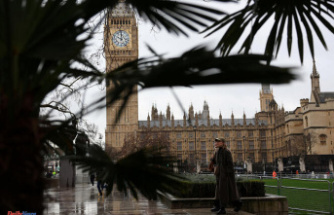Ankershagen (dpa/mv) - What else could the archaeologist and Troy hunter Heinrich Schliemann (1822-1890) have found with today's excavation and analysis methods? A new exhibition at the Schliemann Museum in Ankershagen gets to the bottom of this question. The special exhibition by students of the Heinrich Schliemann Institute for Classical Studies at the University of Rostock was opened on Saturday. It is entitled "Schliemann's Legacy: Archeology in the 21st Century" and also sheds light on modern methods of geophysics, paleogenetics and isotope chemistry. Visitors can access the information by observing, reading and trying it out.
Schliemann was born 200 years ago in Mecklenburg-West Pomerania. After achieving enormous wealth as a global merchant, he devoted himself to archeology and was mainly active in Greece.
With his - partly illegal - excavations for the lost Troy, Schliemann not only established a new branch of archaeology. The sometimes amateurish approach also destroyed parts of the historic site. Among the discoveries is the hoard of thousands of objects named after the mythical King Priam. Schliemann left the treasure to the museums in Berlin. From there, the objects ended up in the Soviet Union as spoils of war.
Until his death in 1890, Schliemann directed numerous excavations in the Mediterranean region in addition to ongoing work in Troy. He is buried in Athens.












